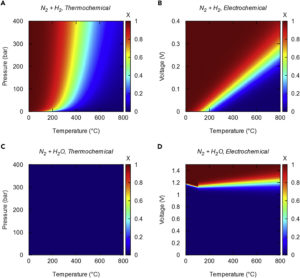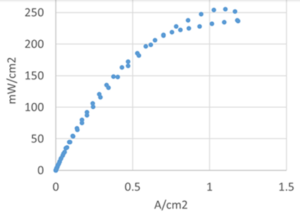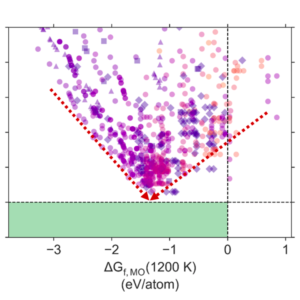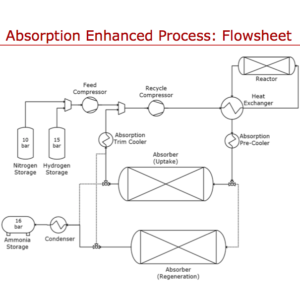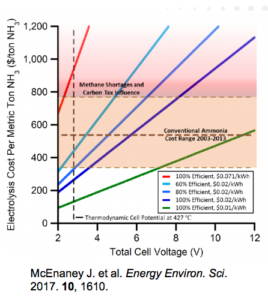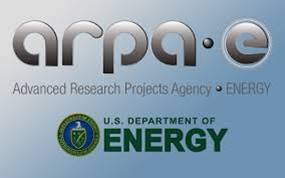Future Ammonia Technologies: Electrochemical (part 1)
Last month's NH3 Energy+ conference featured presentations on a great range of novel ammonia synthesis technologies, including improvements to Haber-Bosch, and plasmas, membranes, and redox cycles. But, in a mark of a conference approaching maturity, members of the audience had at least as much to contribute as the presenters. This was the case for electrochemical synthesis technologies: while the presentations included updates from an influential industry-academia-government collaboration, led by Nel Hydrogen's US subsidiary, the audience members represented, among others, the new electrochemical ammonia synthesis research lab at Massachusetts Institute of Technology (MIT), and a team from Monash University in Australia. The very next week, Monash published its latest results, reporting an electrochemical process that synthesized ammonia with 60% faradaic efficiency, an unprecedented rate of current conversion at ambient pressure and temperature.
